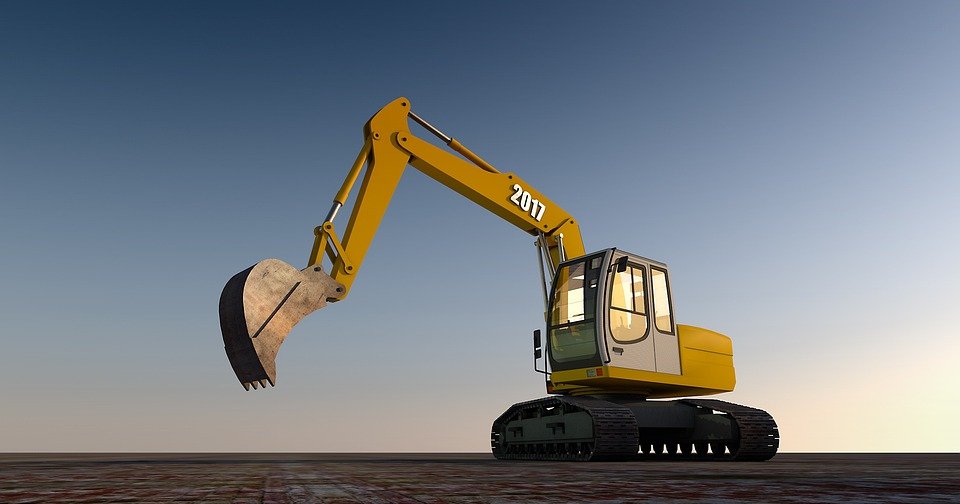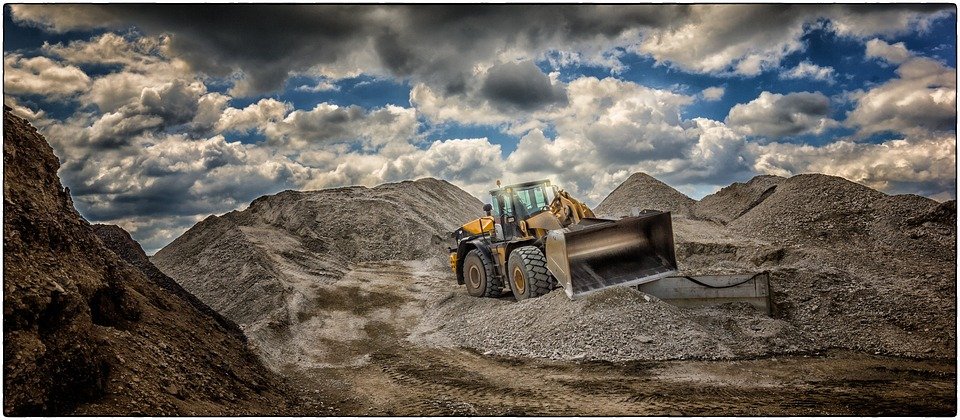[ad_1]
Get to Know the Different Types of Shoring for Construction Projects
Shoring is an essential component in many construction projects, as it helps reinforce and support structures while they are being built or renovated. From supporting the weight of the building to preventing lateral movement, shoring provides many benefits for construction projects. A variety of shoring systems are available, each with its own unique advantages and disadvantages.
Beam and Plate Shoring
Beam and plate shoring is one of the most common types of shoring used in construction projects. This system consists of two components: beams and plates. The beams are placed perpendicular to the wall or column and the plates are used to secure them in place. The beams are typically made of steel or timber and the plates are usually made of steel or concrete. This system is often used in underpinning projects, as it can provide support for the weight of the building as well as prevent lateral movement.
Pile and Beam Shoring
Pile and beam shoring is a type of shoring system that uses piles and beams to provide support for a structure. This system consists of piles that are driven into the ground and beams that are placed across the top of the piles. The beams are typically made of steel or timber and the piles are typically made of steel, concrete, or timber. This system is often used in foundation projects, as it can provide support for the weight of the building as well as prevent lateral movement.
Soldier Pile and Lagging Shoring
Soldier pile and lagging shoring is a type of shoring system that uses steel piles and wooden lagging to provide support for a structure. The piles are driven into the ground and the lagging is placed between the piles to form a wall. This system is often used in excavation projects, as it can provide support for the weight of the soil and prevent lateral movement.
Hydraulic Shoring
Hydraulic shoring is a type of shoring system that uses hydraulic cylinders and jacks to provide support for a structure. This system can be used in a variety of applications, including underpinning and excavation projects. The hydraulic cylinders and jacks are typically made of steel and provide support for the weight of the building as well as prevent lateral movement.
Plank and Post Shoring
Plank and post shoring is a type of shoring system that uses planks and posts to provide support for a structure. This system consists of planks that are placed between posts and the posts are typically made of steel or timber. This system is often used in underpinning projects, as it can provide support for the weight of the building as well as prevent lateral movement.
Conclusion
Shoring is an essential component in many construction projects, as it helps reinforce and support structures while they are being built or renovated. A variety of shoring systems are available, each with its own unique advantages and disadvantages. Beam and plate shoring, pile and beam shoring, soldier pile and lagging shoring, hydraulic shoring, and plank and post shoring are some of the most commonly used shoring systems. It is important to understand the different types of shoring and how they can be used in order to ensure that your construction project is completed safely and effectively.
[ad_2]


